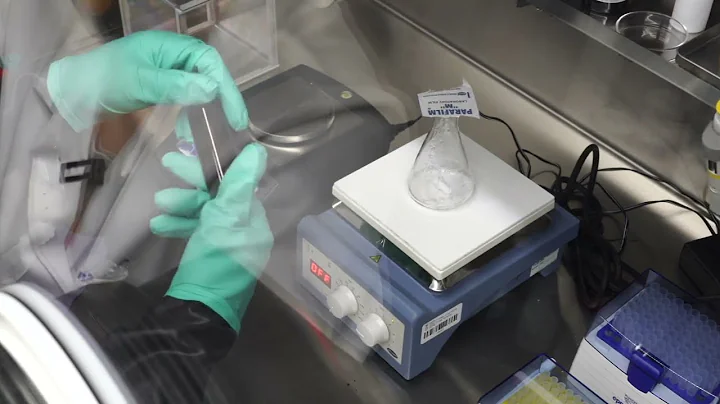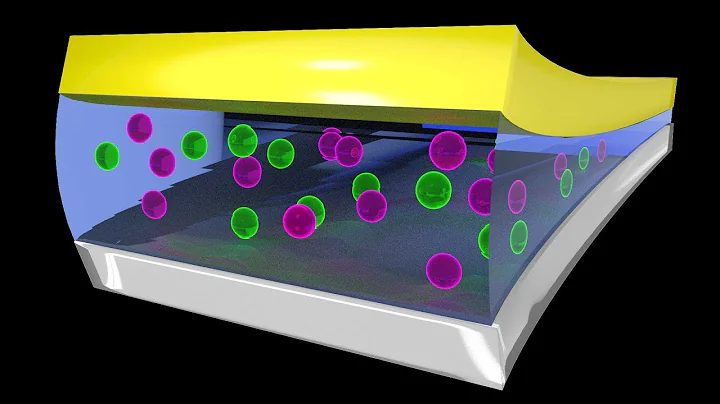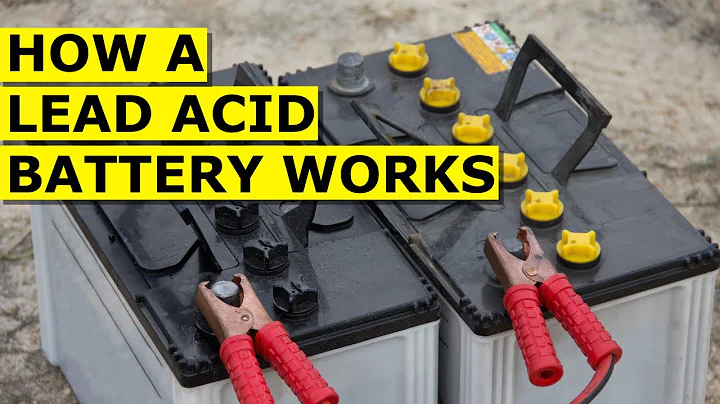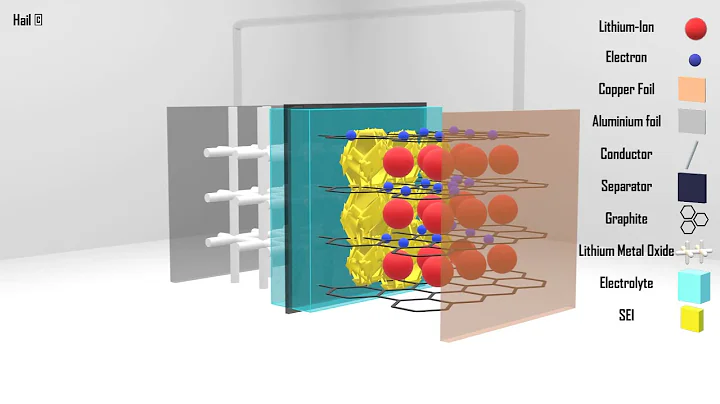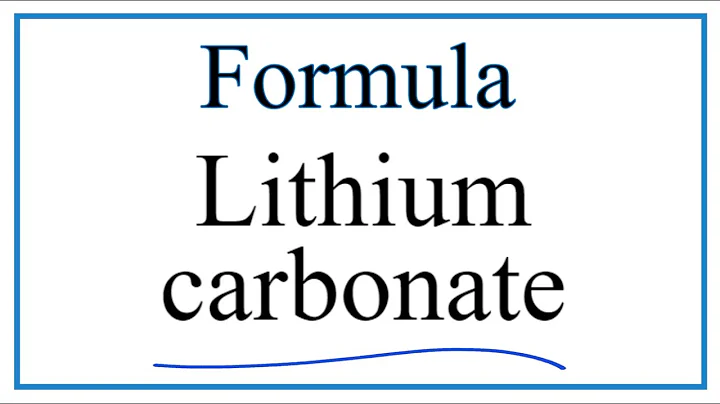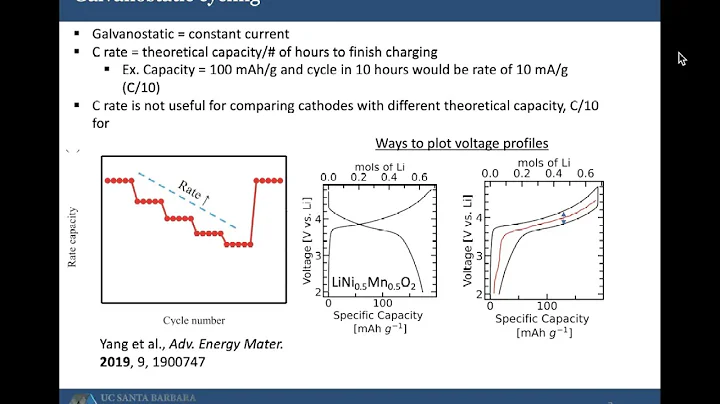
Lithium battery electrolyte composition introduction:
1. Ethylene carbonate: Molecular formula C3H4O3
transparent colorless liquid (>35℃), crystalline solid at room temperature. Boiling point: 248℃/760mmHg, 243-244℃/740mmHg; Flash point: 160℃; Density: 1.3218; Refractive index: 1.4158 (50℃); Melting point: 35-38℃; This product is polyacrylonitrile , good solvent for PVC. It can be used as spinning fluid in textiles; it can also be directly used as a solvent for removing acidic gases and as an additive for concrete; it can be used as a component and raw material for pharmaceuticals; it can also be used as a plastic foaming agent and synthetic lubricant. Stabilizer; in the battery industry, it can be used as an excellent solvent for lithium battery electrolyte.
2. Propylene carbonate: Molecular formula C4H6O3
is a colorless, odorless, or light yellow transparent liquid, soluble in water and carbon tetrachloride, and miscible with ether, acetone, benzene, etc. It is an excellent polar solvent. This product is mainly used in polymer operations, gas separation processes and electrochemistry. It is especially used to absorb carbon dioxide from natural gas and synthetic ammonia raw materials in petrochemical plants. It can also be used as plasticizer, spinning solvent, olefin and aromatic hydrocarbon extraction agent, etc.
Toxicological data: No poisoning was found in animal experiments through oral administration or skin contact. Rat oral LD50=2,9000mg/kg.
This product should be stored in a cool, ventilated, dry place, away from fire sources, and should be stored and transported in accordance with general regulations for low-toxic chemicals.
3. Diethyl carbonate: molecular formula CH3OCOOCH3
colorless liquid with slight odor; vapor pressure 1.33kPa/23.8℃; flash point 25℃ (flammable liquid can volatilize into vapor and run into the air. As the temperature rises, volatilization accelerates . When the mixture of volatile vapor and air can produce sparks when it comes into contact with a fire source, this brief combustion process is called flash combustion, and the lowest temperature at which flash combustion occurs is called flash point. The lower the flash point, the greater the risk of fire. The greater the resistance.); melting point -43°C; boiling point 125.8°C; solubility: insoluble in water, miscible in most organic solvents such as alcohols, ketones, and esters; density: relative density (water = 1) 1.0 ; Relative density (air = 1) 4.07; Stability: stable; Hazard mark 7 (flammable liquid); Main uses: used as solvents and in organic synthesis.
